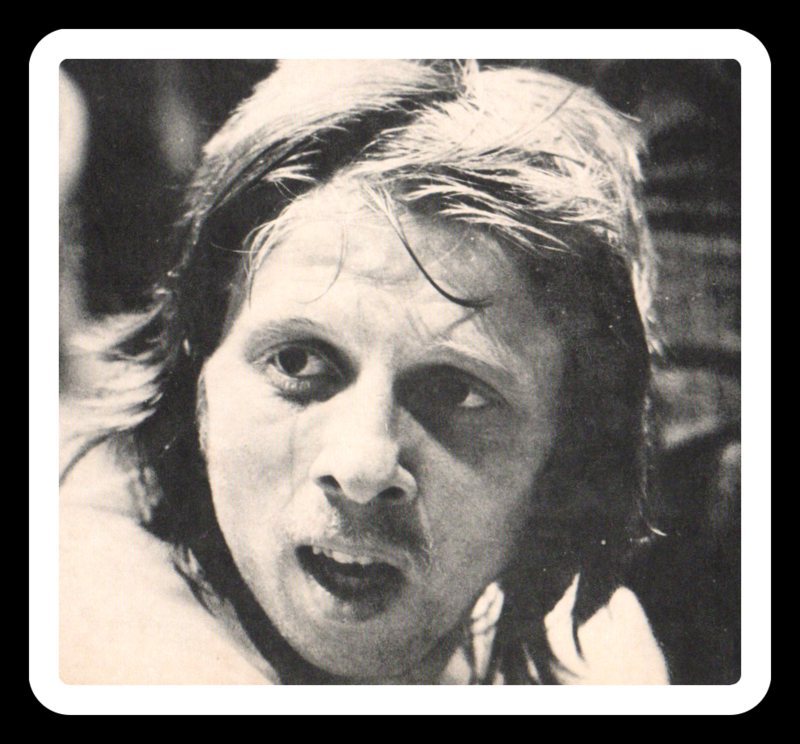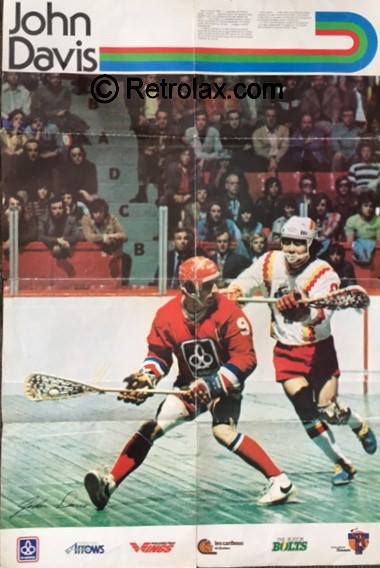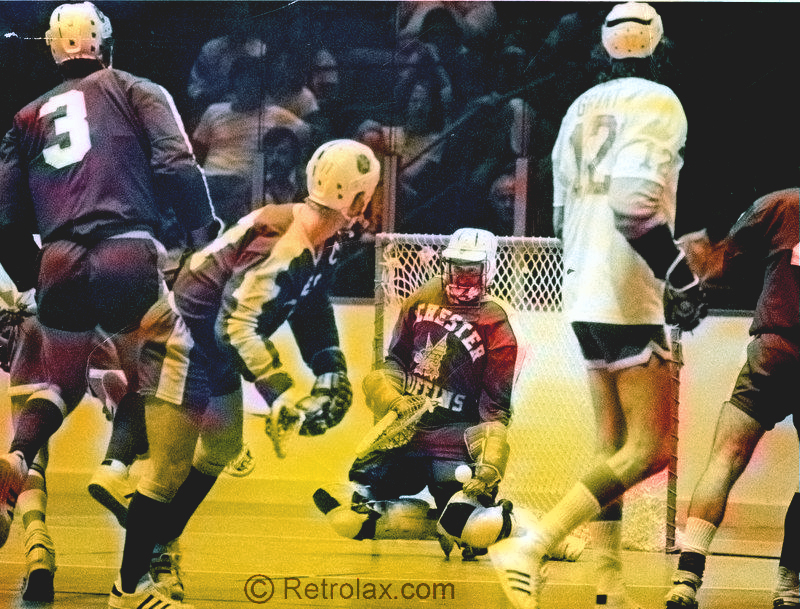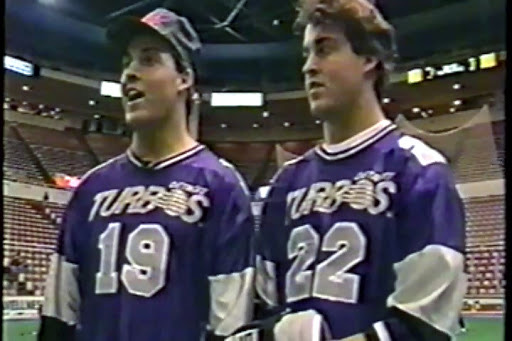JIM PROUDFOOT
Sports Editor, Toronto Star
Jim Bishop describes lacrosse as the next major spectator sport and exposure to his eloquence of any length of time will convince you he’s right.
Later on, you might have second thoughts as you wonder how many ways the fan’s dollar can be sliced.
But Bishop is a spellbinder. And he’ll need to be in this first summer for the National Lacrosse League. He’s tackling the toughest market of all as coach and general manager of the Toronto Tomahawks, the team his hockey boss, Bruce Norris, owns.
“I’d say every club in this league expects to lose money this first year. My own guess is that a couple—Montreal and Philadelphia, maybe—will make a profit,” Bishop says.
“But 57 years ago, when the National Hockey League was organized, it had rough days, too. And continued to have for a long time. Everybody forgets that now. These pioneer hockey men knew they were right. They persisted until their game caught on because they knew it was only a matter of time.
“The men of the NLL are using exactly the same approach. They feel they’re starting something that’s going to be really big. And they’re determined to see it through.”
Lacrosse does indeed possess the two basic qualities the public seems to look for in sport today: Speed and violent contract.
But if that’s true, how come it hasn’t caught on before this? It’s not a recent discovery, after all. The Indians were playing lacrosse when the first Europeans arrived in North America five centuries ago.
“Money is the difference,” says Bishop. “The men in this venture are solid. They’ve got the wherewithal.
“Previously, lacrosse always lacked the capital it would have taken to package and merchandise it properly, things you’ve got to do in the modern sports market. It’s not enough to have a good product now, although that’s vital. You have to sell it, too.”
Norris, who owns the Detroit Red Wings of the NHL (Bishop is his executive vice president), is putting up $400,000 to launch the Tomahawks in Toronto.
They’ve rented Maple Leaf Gardens. They’ve put on a costly promotional campaign. With a new floor at the Gardens and smart uniforms, they’re dressing up their product. And there has been a long, tough training program so that Bishop can install his own high-speed brand of lacrosse.
The idea in Toronto is to fit into the gap between the hockey and football seasons and develop a following. Toronto Royals of World Team Tennis have the same idea, which doesn’t help.
Moreover, Toronto has a history of indifference toward the old Indian game so that the usual reaction in these formative weeks has been: “Oh, no, not that again.”
In Philly, for example, lacrosse can be sold as something completely new and fresh. There’s no sales resistance. In Toronto, there is.
Bishop also is finding that often, just as he’s unleashing his best lacrosse pitch, his listener will interrupt and say, “yes, but what about the Red Wings?”
That’s because Bishop is generally regarded as the hatchet man pulling the strings in the turbulent Detroit hockey situation of the past four years. His hockey reputation, which he thinks is wrongly portrayed, keeps getting in the way.
“We think we’ll prove ourselves eventually,” he says. “We can live with the knocks. All we hope is that our lack of credibility or whatever you want to call it—and we feel it’s totally unfair—won’t prevent lacrosse from getting a real chance in Toronto.”
The fact is that Bishop’s career as a sports organizer and official started in boys’ hockey after World War II.
“A friend suggested I get into lacrosse and I was agreeable if only because I needed something to do in the summer,” Bishop says.
His first team represented St. Vincent’s, a church in the western part of Toronto. Subsequently, he was told he couldn’t use two promising Protestant players he’d discovered so he went independent, adopting the name Green Gaels.
The Green Gaels, playing in various Ontario cities and towns where Bishop took up residence, won 19 Ontario championships. Bishop also became known far and wide as a sports innovator, a man with excellent leadership qualities and a sharp promoter to boot.
Those were the qualities which got him the hockey post in Detroit. Now his association with Norris permits him to return to his first love and gives him at least a chance at making his fondest dream come true: To lead lacrosse into the big time.










